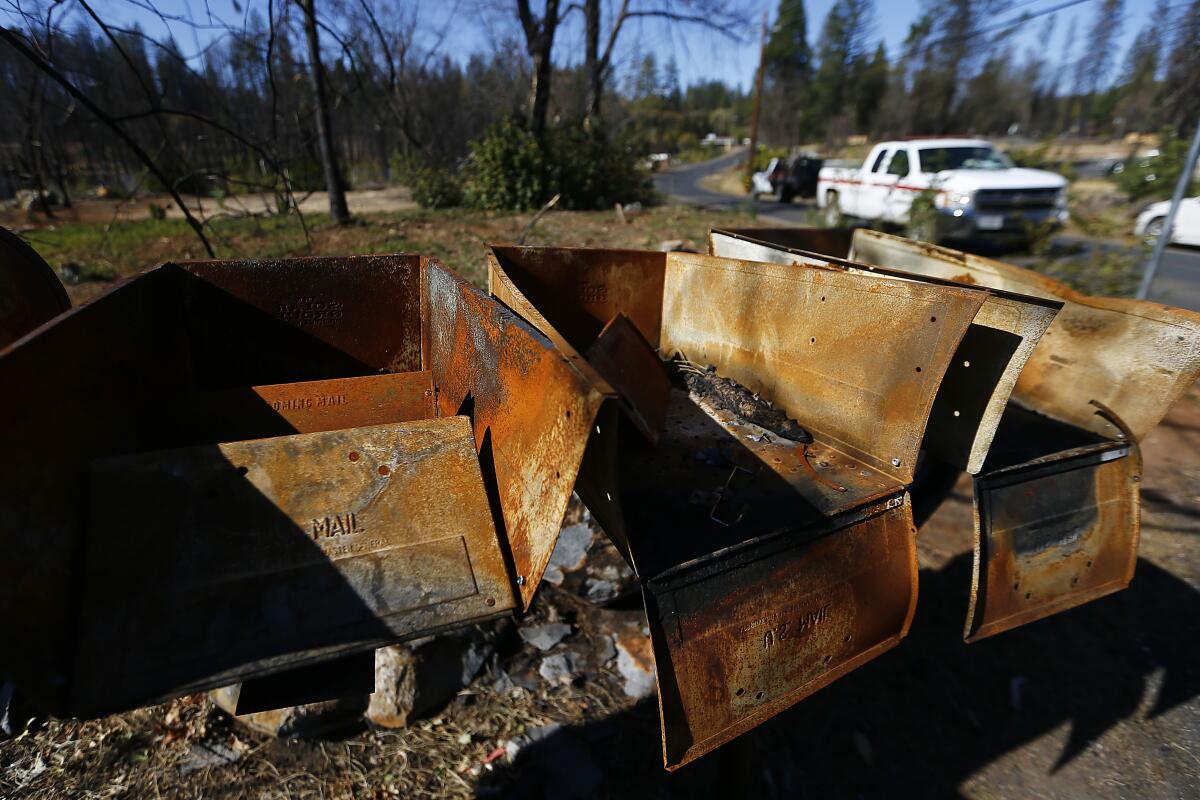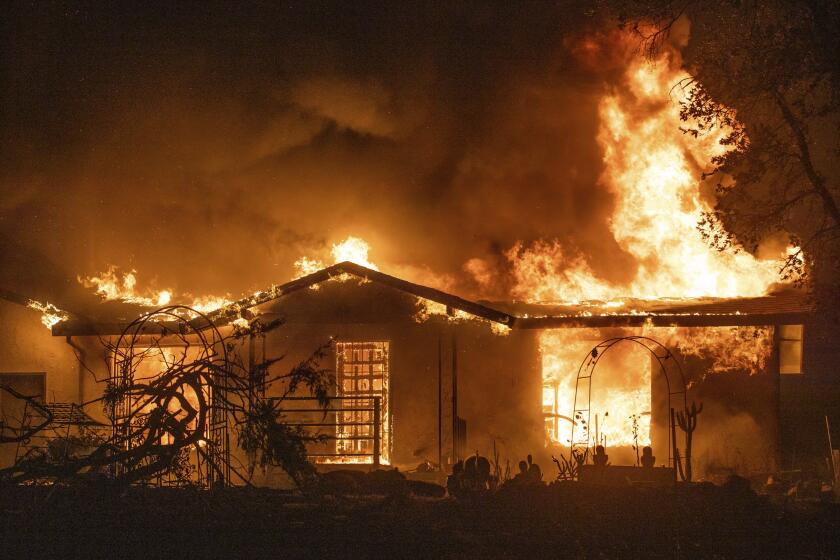Allstate receives approval for 34% increase in homeowners insurance rates

- Share via
Allstate has received approval to raise its California homeowners insurance premiums by an average of 34% starting in November — the largest rate increase this year amid the state’s insurance crisis.
The rate increase approved this month by state regulators affects more than 350,000 policyholders statewide and exceeds a 30% increase sought in June by State Farm, the state’s largest homeowners insurer. That request is still under review.
In a sign of financial trouble, State Farm General has asked for permission to dramatically increase insurance rates for millions of California homeowners and renters.
The sixth-largest homeowners insurer in the state, Allstate first filed for a 39.6% rate increase last year and in January amended its request to 34.1%, according to the state Department of Insurance.
“This home insurance rate approval allows us to continue protecting our existing customers as we work with the California Department of Insurance to improve coverage availability and create a more viable and sustainable homeowners insurance market for consumers in the state,” Allstate said in a statement that cited higher home values and repair costs and more severe weather as causes of the rate increase.
The rate hike also includes discounts for homeowners who take steps to reduce wildfire risks on their properties, the company noted.
Allstate stopped writing new California homeowners insurance policies in November 2022, citing such challenges. But as part of this increase, the company agreed to not engage in mass nonrenewals of policies through the end of January, the department said.
The suspensions of nonrenewals was a three-party agreement among Allstate, the department and Consumer Watchdog, a Los Angeles consumer advocacy group that had opposed the rate increase but changed its position.
Carmen Balber, executive director of the group, said as inflation and reconstruction costs have continued to rise since Allstate’s original filing, the group concluded the increase was warranted.
“That 34% rate increase was actually justified due to the company’s costs, as much as we don’t like to stomach that,” she said.
The company is among multiple California home insurers that have pulled back from the market and sought rate increases in recent years, citing the rising severity of wildfires and other factors.
In its rate request in June, State Farm cited an obscure provision of the state insurance code that typically indicates an insurer is facing serious financial issues — even though State Farm received a 6.9% increase in January 2023 and a 20% boost that went into effect in March.
Also in March, State Farm announced that it would not renew 72,000 property owner policies statewide, joining Farmers, Allstate and other companies in either not writing or limiting new policies or tightening underwriting standards.
The decision by State Farm to not renew the policies despite receiving its 20% rate increase was a key factor in prompting Consumer Watchdog to seek a moratorium on nonrenewals from Allstate, Balber said.
The rising costs and lack of availability of homeowners insurance have created a crisis in California’s market.
With the support of Gov. Gavin Newsom, Insurance Commissioner Ricardo Lara is seeking to stabilize the market through a series of executive actions called the Sustainable Insurance Strategy that should be in place by year’s end.
They are the biggest changes to California’s insurance regulations since Proposition 103 passed in 1988, providing for an elected insurance commissioner with authority to block rate increases.
The executive actions include allowing insurers to factor the cost of reinsurance they buy to protect themselves from catastrophes into the price of homeowners policies.
Rates also could include the estimated costs of future wildfires as identified by complex computer models, instead of determining rates simply through past claims data.
In April, an Allstate executive said at a state hearing that if the plan is adopted, the company would once again start writing new policies in California, assuming its approved rates were adequate. It reiterated that commitment in its statement Thursday.
More to Read
Inside the business of entertainment
The Wide Shot brings you news, analysis and insights on everything from streaming wars to production — and what it all means for the future.
You may occasionally receive promotional content from the Los Angeles Times.












